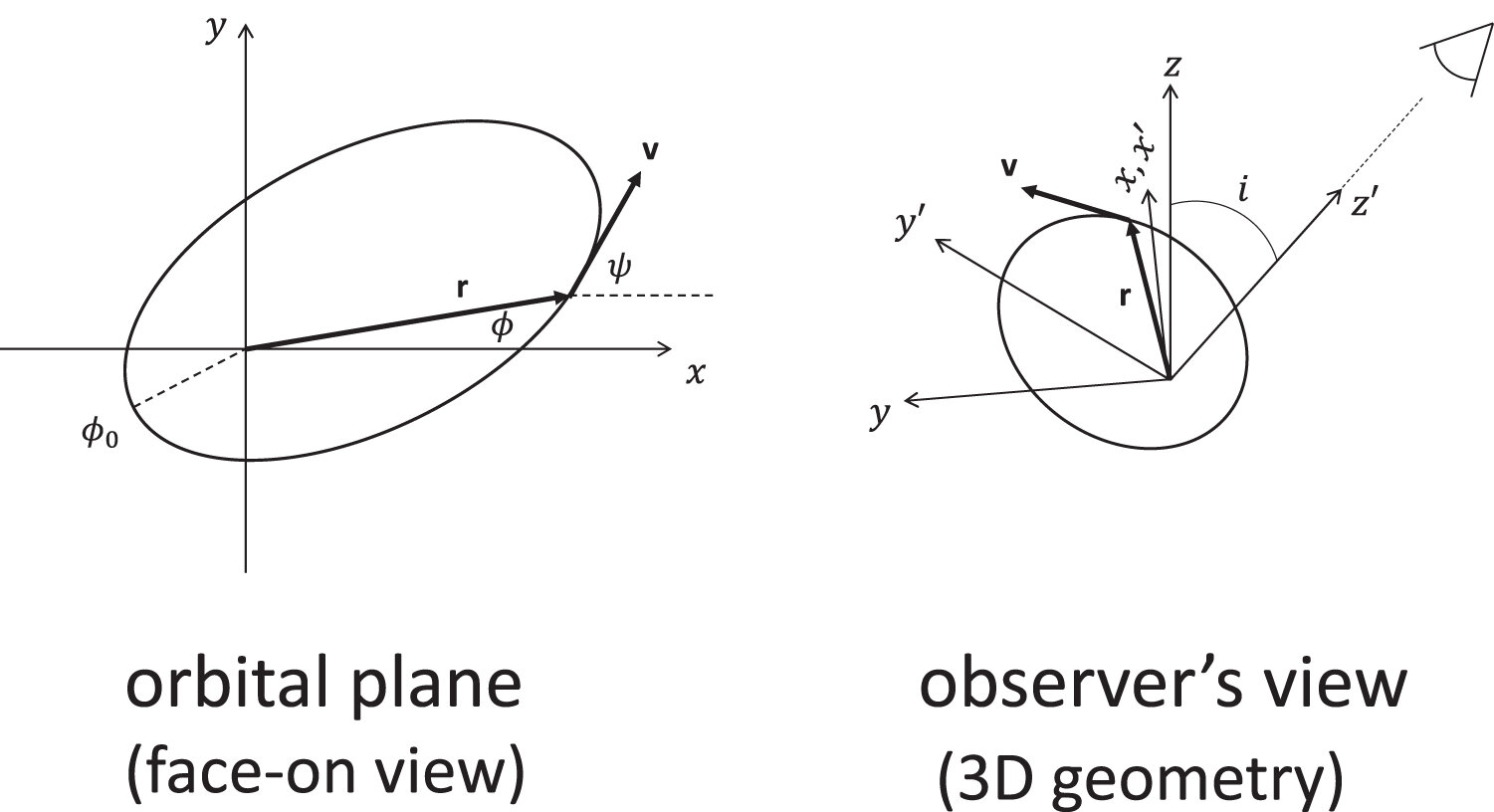A new study reports conclusive evidence for the breakdown of standard gravity in the low acceleration limit from a verifiable analysis of the orbital motions of long-period, widely separated, binary stars, usually referred to as wide binaries in astronomy and astrophysics.
The study carried out by Kyu-Hyun Chae, professor of physics and astronomy at Sejong University in Seoul, used up to 26,500 wide binaries within 650 light years (LY) observed by European Space Agency’s Gaia space telescope. The study was published in the 1 August 2023 issue of the Astrophysical Journal.
For a key improvement over other studies Chae’s study focused on calculating gravitational accelerations experienced by binary stars as a function of their separation or, equivalently the orbital period, by a Monte Carlo deprojection of observed sky-projected motions to the three-dimensional space.
Chae explains, “From the start it seemed clear to me that gravity could be most directly and efficiently tested by calculating accelerations because gravitational field itself is an acceleration. My recent research experiences with galactic rotation curves led me to this idea. Galactic disks and wide binaries share some similarity in their orbits, though wide binaries follow highly elongated orbits while hydrogen gas particles in a galactic disk follow nearly circular orbits.”
Also, unlike other studies Chae calibrated the occurrence rate of hidden nested inner binaries at a benchmark acceleration.
2023-08-08 08:24:03
Link from phys.org
